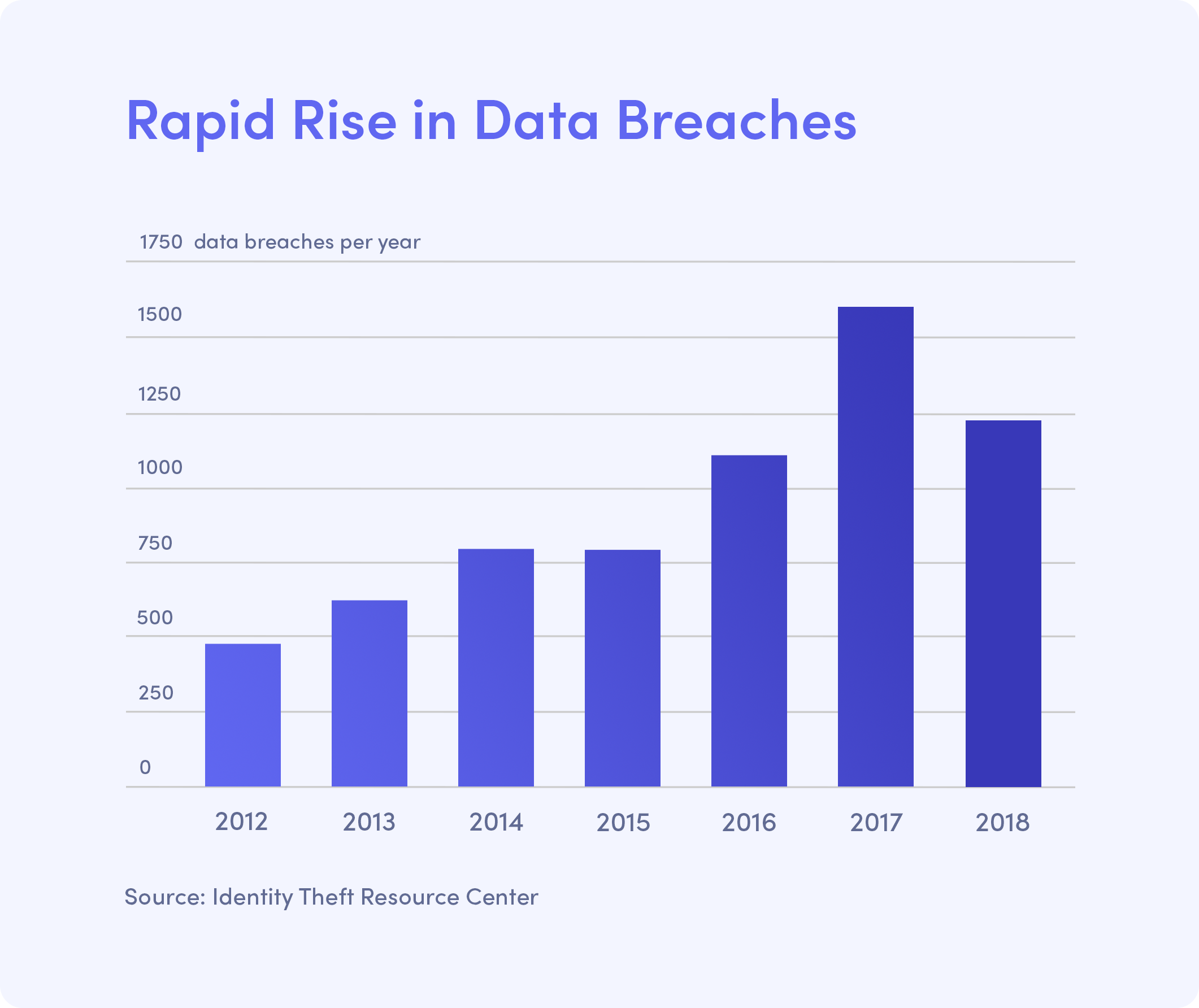How To Write Effective Corrections And Clarifications

Table of Contents
Understanding the Context Before Writing Corrections and Clarifications
Before you even begin writing your corrections and clarifications, it's crucial to understand the situation fully. This involves identifying the source of the error and considering your audience. Careful preparation ensures your feedback is well-received and productive.
Identifying the Source of the Error:
Analyzing the original material is the first step in writing effective corrections. Pinpointing the exact nature of the error allows you to address it accurately and prevent similar issues in the future.
- Review the original document carefully: Read thoroughly to understand the context and identify the specific errors. This might involve reviewing emails, reports, presentations, or other communication materials.
- Identify the specific error(s): Be precise. Instead of saying "There are some mistakes," clearly state what the mistakes are. For example, instead of "The numbers are wrong," specify "The projected revenue for Q3 is incorrect; it should be $1.2 million, not $1 million."
- Determine the severity of the error: Is it a minor typo, a significant factual inaccuracy, or something more serious? The severity will influence your tone and approach.
- Consider the potential impact of the error: How might this error affect others? Understanding the consequences helps you tailor your corrections appropriately.
Considering Your Audience:
Tailoring your communication to your audience is paramount for effective error correction and clarification. The way you address a colleague differs from how you would approach a senior manager or a client.
- Are you correcting a colleague, a superior, or a client? Your relationship with the recipient will influence your tone and level of formality.
- Adjust your tone accordingly – professional, friendly, formal, etc.: A friendly tone might be appropriate for a colleague, while a more formal tone is better suited for a client or superior.
- Consider using simpler language if necessary: Avoid jargon or technical terms unless you're sure your audience understands them. Clarity is key in effective communication.
Crafting Clear and Concise Corrections and Clarifications
Once you understand the context, focus on crafting your corrections and clarifications to be clear, concise, and easy to understand. This section focuses on using precise language, structuring your message logically, and maintaining a positive tone.
Using Precise Language:
Accuracy is crucial. Ambiguity can lead to further misunderstandings.
- Use strong verbs and active voice: This makes your writing more direct and easier to comprehend. For example, instead of "The report was found to contain errors," use "The report contains errors."
- Avoid jargon and technical terms unless your audience understands them: Use plain language that everyone can understand, regardless of their technical expertise.
- Provide specific examples to illustrate the correction: Show, don't just tell. Providing clear examples makes the correction easier to grasp.
Structuring Your Corrections for Clarity:
Organization is vital for easy comprehension. Use clear headings, bullet points, and a logical flow to present your corrections effectively.
- Start with a brief summary of the issue: Briefly explain the problem you're addressing.
- Clearly state the correction: Be specific and precise in outlining the necessary changes.
- Provide additional context if needed: If more background information is required for complete understanding, include it concisely.
- End with a concise summary or conclusion: Reiterate the key points and highlight the resolution.
Maintaining a Positive and Professional Tone:
Even when pointing out errors, it's crucial to maintain a respectful and professional tone. Avoid accusatory or blaming language.
- Use "we" language to foster collaboration: Phrases like "We noticed a discrepancy..." promote a collaborative approach rather than assigning blame.
- Focus on solutions, not blame: Highlight how the error can be corrected, rather than dwelling on who made the mistake.
- Offer support and assistance if needed: Show that you're willing to help resolve the issue.
Delivering Corrections and Clarifications Effectively
Choosing the right channel and proofreading carefully are crucial steps in delivering your corrections and clarifications effectively. Careful consideration ensures your message is conveyed appropriately and professionally.
Choosing the Right Communication Channel:
The method of delivery should suit the situation and audience.
- Consider urgency and the sensitivity of the information: Urgent corrections might require an immediate phone call, while less urgent ones can be handled via email. Sensitive issues might warrant a private conversation.
- For sensitive corrections, a private conversation may be best: This allows for immediate clarification and prevents misunderstandings.
- For minor corrections, email might suffice: For simple corrections, email is a convenient and efficient method.
Proofreading Before Sending:
Always double-check your work before sending it to avoid further errors.
- Check for grammar and spelling mistakes: Proofreading ensures professionalism and clarity.
- Ensure clarity and consistency: Review your message to ensure it's easy to understand and consistent with your intended tone.
- Get a second opinion if possible: A fresh pair of eyes can catch mistakes you might have missed.
Conclusion:
Writing effective corrections and clarifications is a crucial skill for clear communication and building strong professional relationships. By understanding the context, crafting clear messages, and choosing the right delivery method, you can ensure your corrections are understood, accepted, and lead to positive outcomes. Mastering the art of writing effective corrections and clarifications will significantly improve your communication skills and enhance your professional reputation. Continue practicing these techniques to refine your ability to provide constructive feedback and address issues efficiently and professionally. Remember, clear and concise corrections and clarifications are key to successful communication. Start implementing these strategies today to improve your professional communication and build stronger relationships.

Featured Posts
-
 Corporate Email Hack Millions Lost In Office365 Data Breach
May 01, 2025
Corporate Email Hack Millions Lost In Office365 Data Breach
May 01, 2025 -
 Ousted Ftc Commissioners Seek To Regain Positions
May 01, 2025
Ousted Ftc Commissioners Seek To Regain Positions
May 01, 2025 -
 Lady Raiders Fall To Cincinnati In Tight Home Matchup 56 59
May 01, 2025
Lady Raiders Fall To Cincinnati In Tight Home Matchup 56 59
May 01, 2025 -
 Doktor Olmayi Hedefleyen Boksoeruen Turnuva Yolculugu
May 01, 2025
Doktor Olmayi Hedefleyen Boksoeruen Turnuva Yolculugu
May 01, 2025 -
 Canadian Conservative Leader Pierre Poilievre Faces Election Defeat
May 01, 2025
Canadian Conservative Leader Pierre Poilievre Faces Election Defeat
May 01, 2025
Latest Posts
-
 Remembering Priscilla Pointer A Legacy In Acting And Education
May 02, 2025
Remembering Priscilla Pointer A Legacy In Acting And Education
May 02, 2025 -
 Remembering Priscilla Pointer A Century On Stage And Screen
May 02, 2025
Remembering Priscilla Pointer A Century On Stage And Screen
May 02, 2025 -
 Centennial Celebration Ends Dallas Icon Passes
May 02, 2025
Centennial Celebration Ends Dallas Icon Passes
May 02, 2025 -
 Dallas Legend Dies At Age 100
May 02, 2025
Dallas Legend Dies At Age 100
May 02, 2025 -
 100 Year Old Actress Priscilla Pointer Starring In Carrie Passes Away
May 02, 2025
100 Year Old Actress Priscilla Pointer Starring In Carrie Passes Away
May 02, 2025
